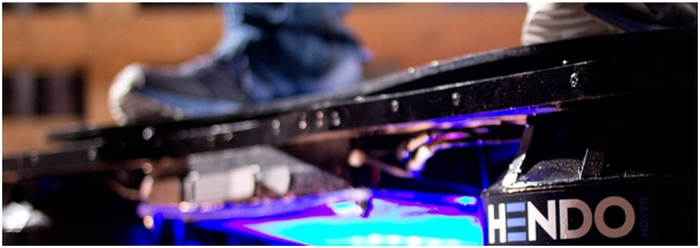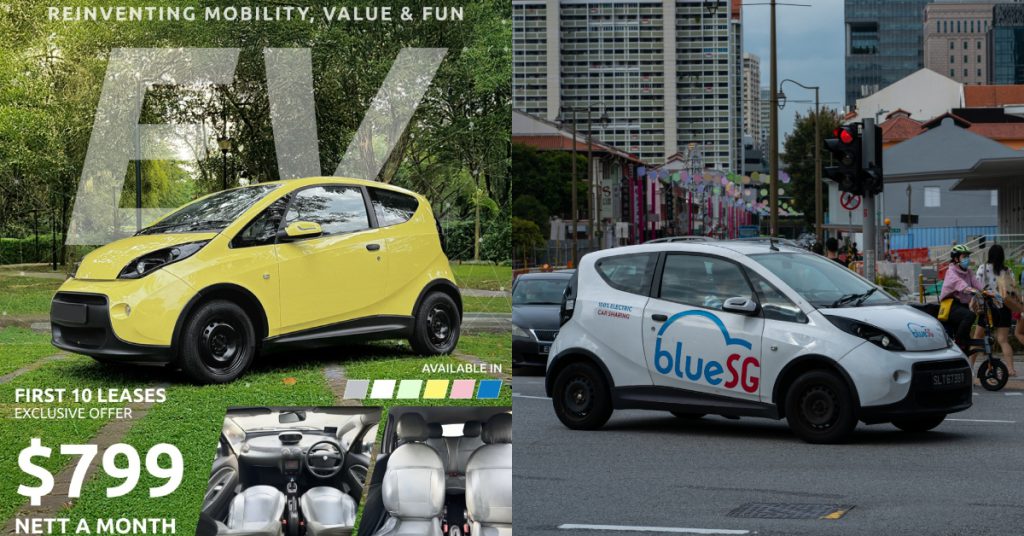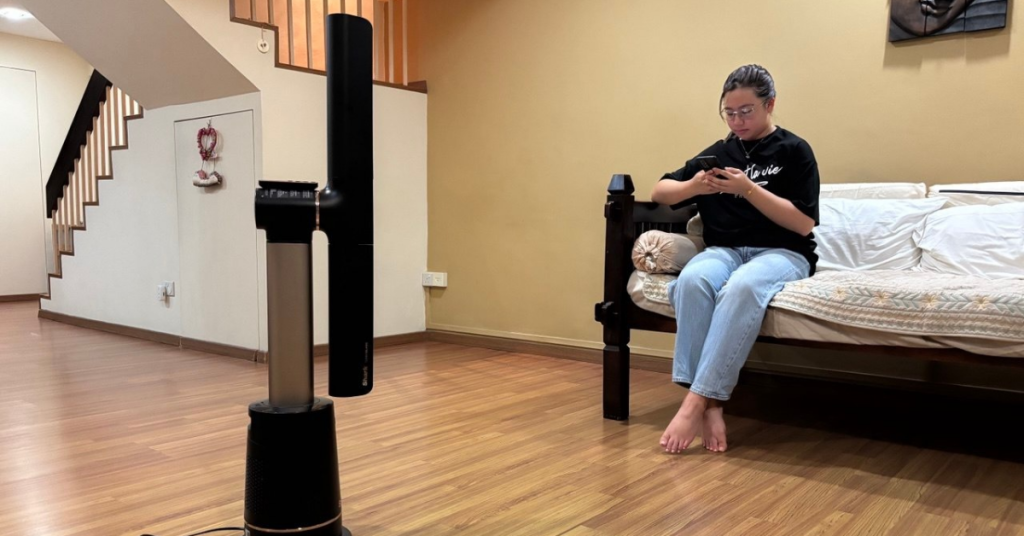The headline on Kickstarter reads: Hendo Hoverboards – World’s first REAL hoverboard. Well that is somewhat true.
The funky and futuristic-looking floatation device nicknamed the Hendo does seem promising, with glowing neon blue lights and all, but expectations need to be adjusted here. This isn’t what the 1989 movie, Back to the Future Part 2, promises – zipping six feet in the air across various terrains in a speed chase. But at least it’s not just another gag like the Tony Hawk-endorsed marketing stunt.
The ‘Real’ Hoverboard Experience?
The good people at The Verge who got to test the Hendo firsthand said that the board hovers at about an inch above the ground and works on metallic surfaces only, equipped with engines that scream and squeal like a banshee, and has batteries that lasts only seven minutes.
That of course isn’t highlighted in the introductory video, where any screeching was aptly dubbed over by preppy Back To The Future music. The truth is a bit of a bummer.
https://www.youtube.com/watch?v=tGE4N-gPrlA
At this point, it’s still an experimental skateboard and those that have tried the hoverboard shared that it’s more of a technology demo rather than something that could help you commute.
The White Box
While the hoverboard does have an actual prototype that is being tested in room lined with metals and a copper halfpipe, also present at the prototype demo is a small square white box that floats just a few centimeters above metal surfaces. This white box serves as a technology demo and will be made available to Kickstarter backers.

Hoverboard demystified, inside the white box are a group of what Henderson refers to as hover engines, and the oversimplified explanation of how they work involves a little electromagnetism and Lenz’s law. Scale this up a bit and you get the hoverboard. Go even bigger and you can hold up cars, trains, and even buildings. Some say it can even aid airplane take-offs from the runway. Or at least that’s the idea.

Get A Hoverboard For US10,000
It would come as no surprise that the hoverboard is not the beta version of the product as much as a proof of concept. The company behind the Hendo, Arx Pax, is trying to raise $250,000 through a Kickstarter campaign to refine the technology and to date, the company has already surpassed the 250k mark.
Arx Pax is offering backers small engine packs so that they can use the technology to build their own creations and are giving up to 10 people production versions of its hoverboard, which cost $10,000 each, since that is the most that Kickstarter will allow people to pledge.

Ultimately, Henderson tells The Verge that the price will come down, but for now he wants to offer the core technology to other people who might have a clearer purpose of what to do with it.
It All Began With An Earthquake
Henderson first took an active interest of hover technology in 1989. His inspiration was not derived from the Back to the Future movies but the Loma Prieta earthquake. What went through his mind was that if you could make buildings float, you could steer them to safety in the event of natural disasters like earthquakes and floods.
Ultimately, Henderson’s business plan is to develop magnetic technologies and license the patents to building and construction firms, engineering firms, automation firms, transportation firms or anybody who wants to hover something.

Henderson may be a dreamer, but he is enough of a realist to understand that people are likely to be more interested in hovering skateboards than they are in his ideas for new kinds of building foundations, which was what led him to pick the hoverboard.
“To capture that attention and if one in ten people realize there is another use for this stuff, that would be a great success,” he tells the New York Times.

Magnetic technology is notoriously difficult to control and steer without proper tracks mostly because of something called Earnshaw’s theorem, which states, more or less, that repelling magnets are tough to balance. Only time will tell if Henderson’s dream of hovering buildings will materialize one day, or if it would be just another publicity stunt like the water-to-wine miracle machine,
It is a shame that the legendary hoverboard we dreamt of turned out to just be a publicity stunt, but I hope that the one in ten people would consider building a better version of the hoverboard. And this time, let’s hope it is at least one that has directional control, doesn’t wail like crazy, and lasts more than seven minutes – even if it’s going to be in an enclosed all-metal room filled with halfpipes and nine feet drops. It will be something new my bucket list could look forward to.
















